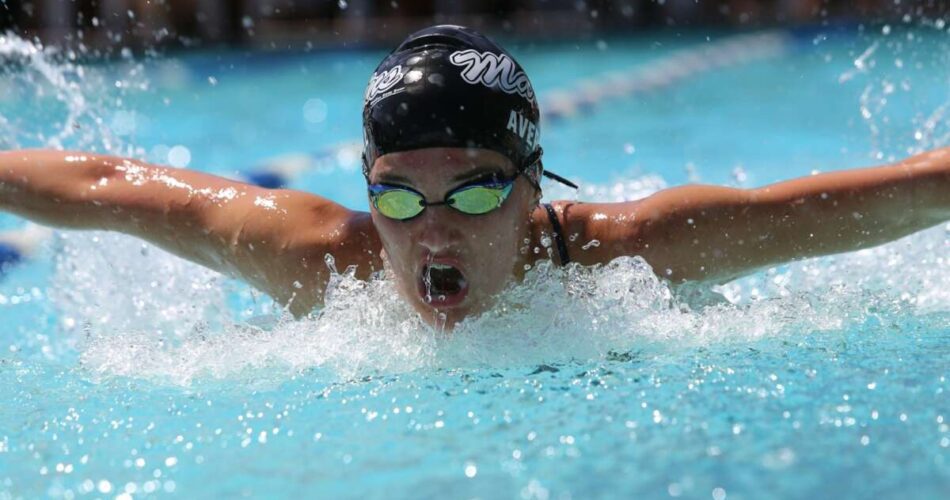Class: Primary 1
Term: 3rd Term
Week: 1
Age: 6 years
Duration: 40 minutes
Date:
Subject: Basic Science Technology
Curriculum Theme: Basic Science
Topic: Swimming
Content: Concept Of Swimming, Preliminary Skills In Swimming
Specific Objectives:
- Cognitive Domain: Pupils should be able to explain the concept of swimming.
- Affective Domain: Pupils should develop an interest and appreciation for swimming as a physical activity.
- Psychomotor Domain: Pupils should be able to mention at least two preliminary skills in swimming.
- Social Domain: Pupils should recognize swimming as a social activity that fosters teamwork and cooperation.
Reference Materials:
- 9 – Years Basic Education Curriculum
- Abuja Educational Resource Centre Scheme of work
- NAPPS National Unified Scheme of Work
- Online Information
- Textbooks
Instructional Materials:
- Pictures of swimmers
- Videos of basic swimming skills
- Physical demonstrations (if possible)
Rationale for the Lesson:
Understanding the concept of swimming and learning its preliminary skills are fundamental in ensuring safety around water bodies. It also serves as a foundation for developing swimming as a life skill, promoting physical health, and encouraging social interactions through group swimming activities.
Prerequisite/Previous Knowledge:
Pupils are expected to have basic knowledge of water safety and familiarity with water (like bathing).
INSTRUCTIONAL PROCEDURES:
Content Development: Swimming
| Content | Time | Teaching Method | Teaching Strategy | Teacher’s Activity | Pupil’s Activity | Learning Point |
|---|---|---|---|---|---|---|
| Step 1: Introduction | 5min | Discussion | Question and Answer | Introduce the topic and ask what they know about swimming | Share their existing knowledge of swimming | Introduction to swimming |
| Step 2: Concept of Swimming | 10min | Explanation | Demonstration/Visuals | Explain the concept of swimming, use visuals | Listen and observe | Understanding what swimming is |
| Step 3: Preliminary Skills | 10min | Demonstration | Guided Practice | Demonstrate two preliminary skills in swimming | Watch and identify the skills shown | Identifying preliminary swimming skills |
| Step 4: Importance of Swimming | 5min | Discussion | Storytelling | Discuss the importance and benefits of swimming | Participate in discussion | Appreciating the value of swimming |
| Step 5: Note Taking | 5min | Writing | Listing | Guide pupils in taking notes | Take down notes | Consolidation of learning |
| Step 6: Evaluation | 3min | Question & Answer | Assessment | Ask questions related to the lesson | Answer questions | Assessing understanding |
| Step 7: Conclusion | 2min | Summary | Recap | Summarize the key points of the lesson | Listen and ask any remaining questions | Closure of the lesson |
Classroom Note:
– Concept of Swimming
Swimming is moving through water using your arms and legs. It can be a fun activity, a competitive sport, or a way to stay safe around water.
– Preliminary skills in swimming
- Floating: Floating is the ability to lie on the water without sinking. Floating helps us feel comfortable in the water and is a safety skill that can help us rest if we feel tired while swimming.
- Kicking: Kicking involves moving the legs in a certain way to propel the body forward in the water. This skill helps build the leg strength necessary for effective swimming.
- Gliding: Gliding teaches balance and movement in the water. This skill is essential for understanding how to move smoothly through the water.
- Breathing: Proper breathing technique is crucial in swimming to ensure the swimmer can stay in the water longer and more comfortably.
- Arm Strokes: Basic arm strokes, such as the dog paddle or the basic freestyle (front crawl) arm action. Arm strokes are used to pull the water and propel the body forward.
Questions for Evaluation:
- What is swimming?
- Can you name two preliminary skills in swimming and describe them?
- Why is swimming considered an important skill?
Note to Teachers:
Adapt the teaching methods and pupil activities based on the resources available and the pupils’ learning pace. Encourage participation by relating the lesson content to the pupils’ personal experiences with water.






